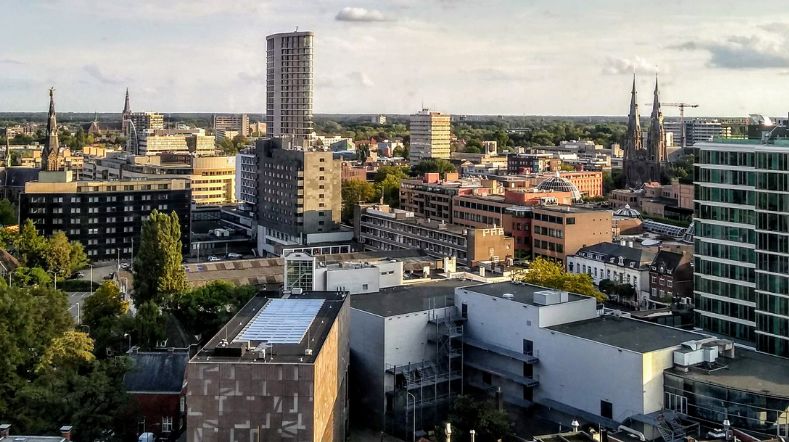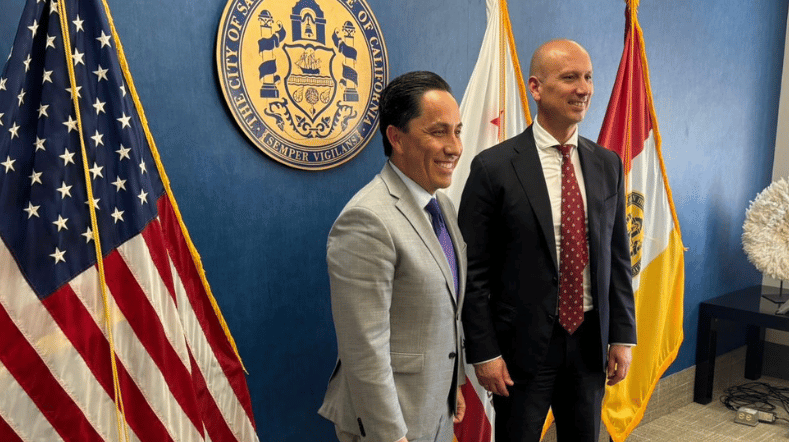
Emission-free city requires innovative solutions
Car journeys in the city for passenger transport and freight transport are a major source of CO2 emissions. How do we achieve a low-carbon mobility system in our city? TNO supports municipalities in taking decisions on emission-free zones and planning charging infrastructure.
Challenges of zero-emission cities
What does this mean for the design of the city? The intention is often there, but the practice in which zero-emission vehicles determine the streetscape still seems far away. Grid congestion, charging problems, accessibility issues around zero-emission zones. And then the consequences for vulnerable residents who depend on the car but cannot afford an e-car.
Many parties, such as transporters, municipalities and electricity companies are looking for solutions in which cities and regions remain accessible, but also become cleaner.
Why TNO?
- TNO supports municipalities in taking decisions about zero-emission zones and planning charging infrastructure.
- TNO also works together with logistics partners and providers of innovative solutions. In this way, we ensure liveable cities where clean air, zero-emission mobility and economic activities go hand in hand.
Get inspired
Smarter and faster construction: TNO helps Eindhoven Metropolitan Region with historic leap of scale


Don't jump on every innovation bandwagon: TNO's framework to help cities make smarter mobility choices


Urban space


How governments can make MaaS work to societal goals


With Urban Strategy, TNO connects with innovative U.S. West Coast in San Diego


